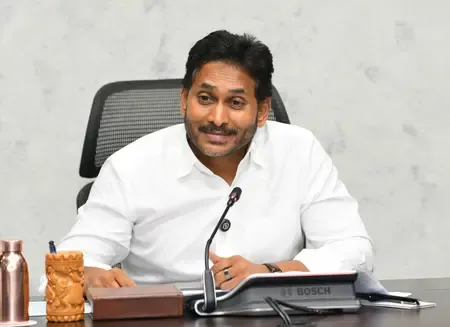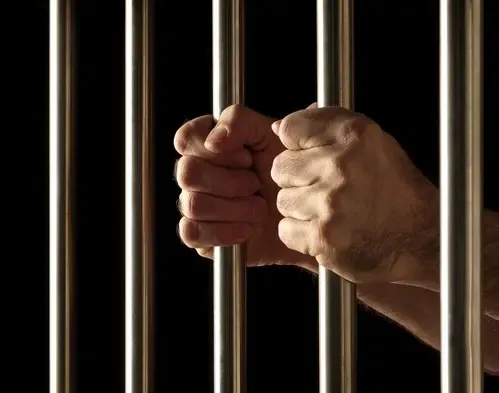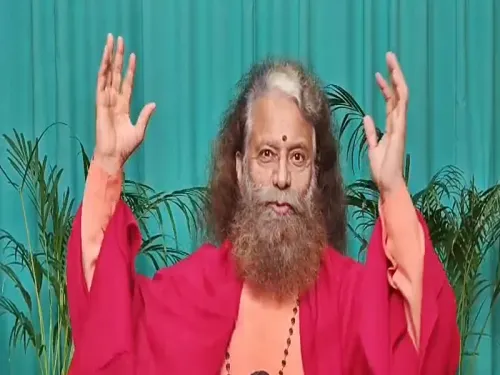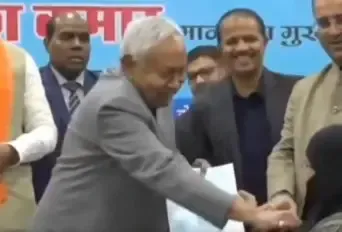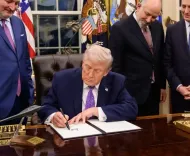How is the Govt Supporting Traditional Media Amid Digital Changes?
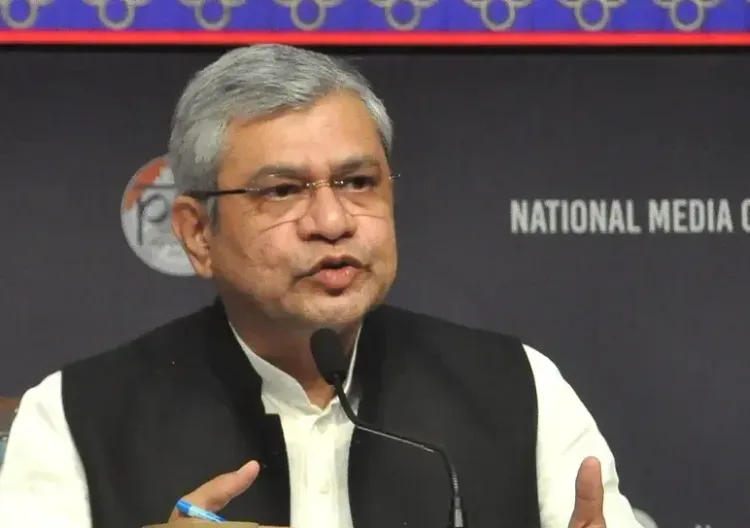
Synopsis
Key Takeaways
- Government reforms aim to support traditional media.
- Focus on removing regulatory hurdles.
- New TRP guidelines for fair revenue distribution.
- Potential increase in advertising rates for traditional media.
- Development of a fact-checking chatbot.
New Delhi, Oct 25 (NationPress) The government is devising a range of strategies to protect traditional media — encompassing print, radio, and television — from the challenges posed by swift digitisation, stated Union Information and Broadcasting Minister Ashwini Vaishnaw on Saturday.
During a press conference, Vaishnaw emphasized that the Centre is determined to eliminate regulatory obstacles in the media landscape and implement reforms in sectors like radio licensing and the Television Rating Point (TRP) systems.
“The government is committed to dismantling regulatory barriers wherever present,” the minister remarked, mentioning that new TRP guidelines are being crafted to guarantee equitable revenue sharing for television channels, particularly regarding government advertisements.
Vaishnaw noted that the ministry has completed the initial round of discussions on the TRP framework and will soon release a second consultation document that integrates feedback from stakeholders.
To bolster funding for traditional media, the government is contemplating increasing the advertising rates for print and television media.
Furthermore, the government is working on merging the Press Information Bureau (PIB), Central Bureau of Communication (CBC), and Registrar of Newspapers for India (RNI) as part of a broader effort to streamline regulation and enhance communication. This initiative aims to improve coordination between policy execution and media outreach.
In line with the government's commitment to fact-checking, it was also disclosed that a chatbot is being developed to assist in verifying the authenticity of videos and other online materials.
According to the Union Minister, the PIB has expanded its public outreach efforts by producing research-based documents and backgrounders on significant topics.


